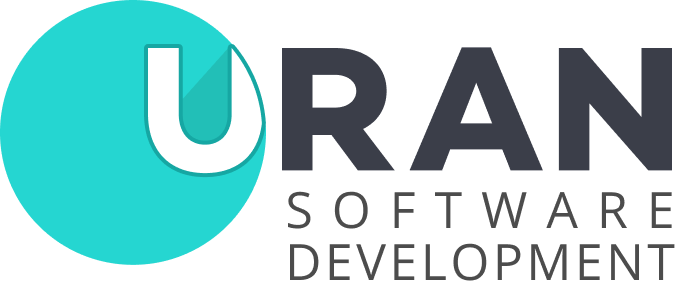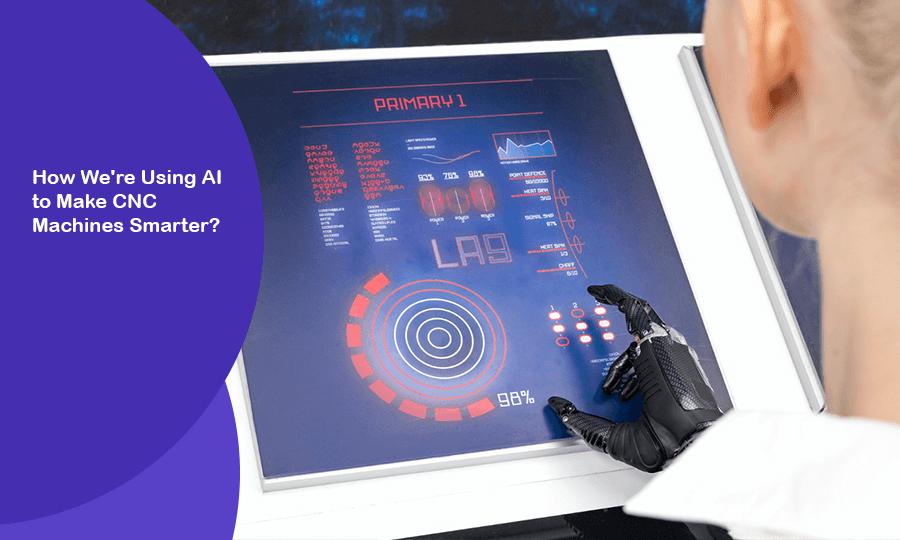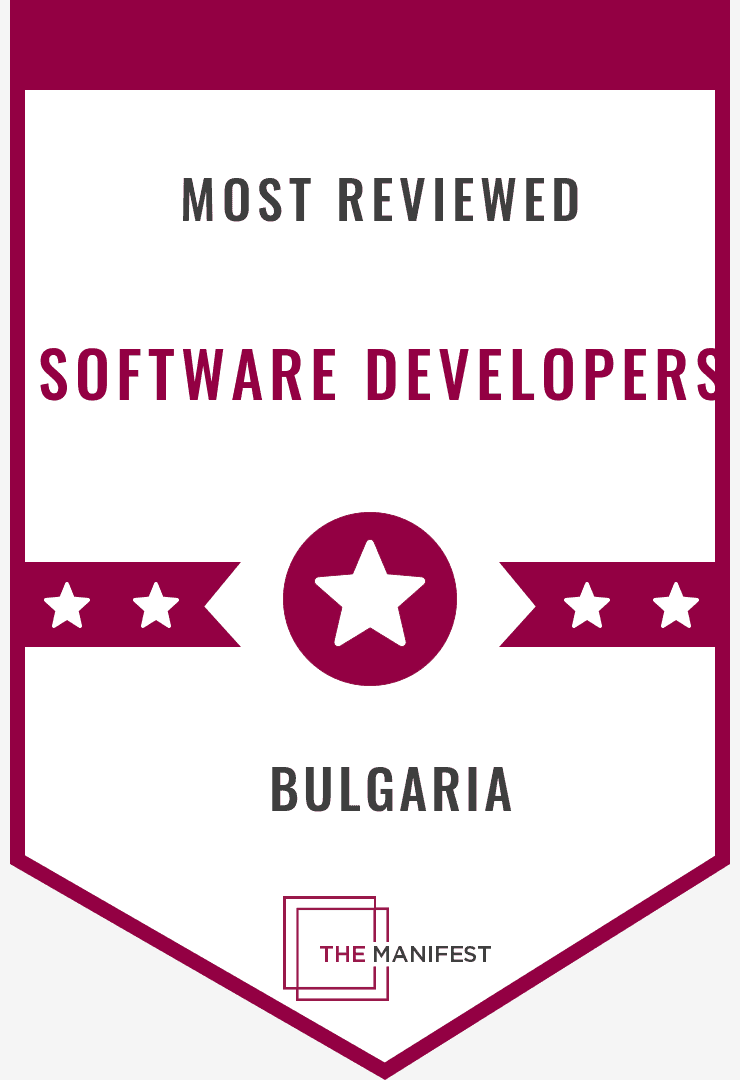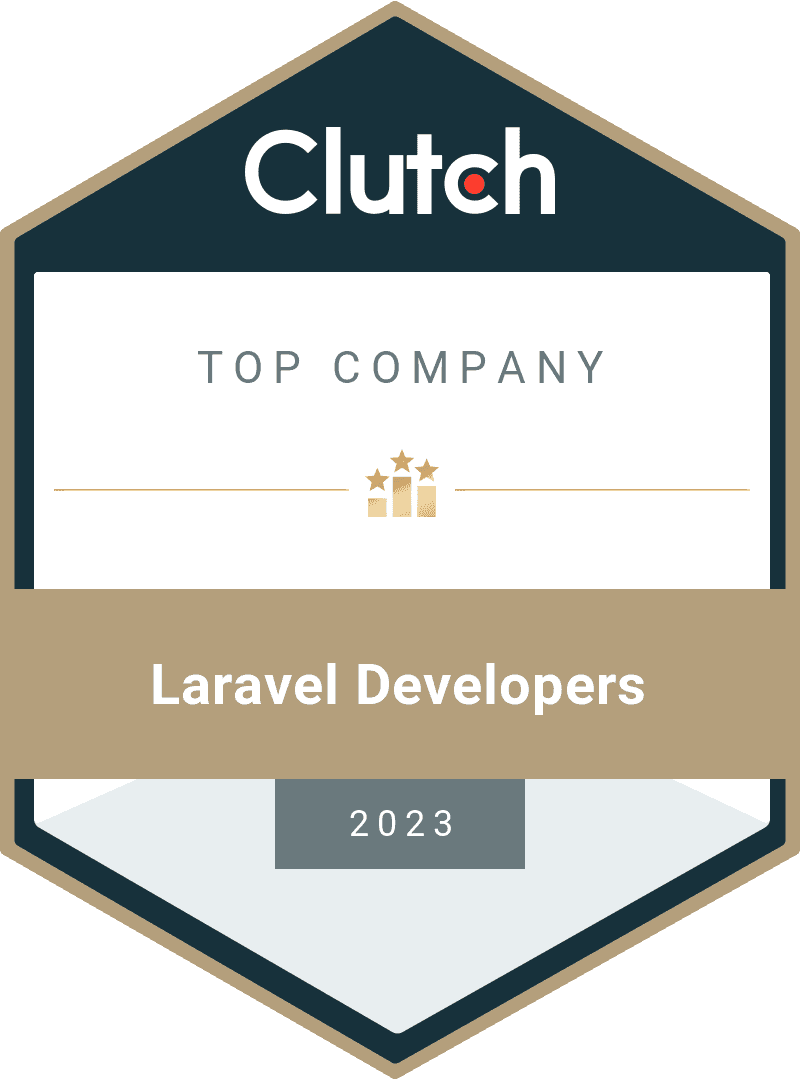In the bustling world of manufacturing, CNC machines — short for Computer Numerical Control — are the unsung heroes shaping everything from airplane wings to car parts. These machines automate tasks like cutting, drilling, and milling with jaw-dropping precision, making them a cornerstone of industries worldwide. But behind their mechanical prowess lies a challenge: CNC programming, the process of telling these machines what to do, has long been a complex, time-intensive task requiring skilled hands and sharp minds. That’s where Artificial Intelligence (AI), especially generative AI, swoops in like a game-changer, transforming CNC machine programming into something faster, smarter, and more accessible than ever before.
Imagine a world where the intricate dance of machinery is choreographed not just by human expertise but by intelligent systems that learn, adapt, and create. Generative AI development services are leading this revolution, crafting tools that can whip up optimized G-code—the language CNC machines speak — straight from design files. This isn’t just a tech upgrade; it’s a manufacturing makeover. In this article, we’ll dive into how AI is breathing new life into CNC programming, explore its perks and pitfalls, spotlight the tools driving the change, and peek into the future of this high-tech partnership.
The Nuts and Bolts of CNC Programming
So, what is CNC programming? At its heart, it’s about creating a detailed set of instructions, usually in a language called G-code, that guides a CNC machine through its tasks. Think of it as a recipe: specify the right speeds, tool paths, and movements, and you get a perfectly machined part. Mess it up, and you’re left with scrap metal. Traditionally, programmers craft this code using CNC programming software, painstakingly accounting for everything from material type to tool wear.
But here’s the rub: traditional CNC programming is no walk in the park. It demands a deep understanding of machining, hours of focus, and a knack for dodging errors — like tools crashing into the workpiece. For complex parts, the process can stretch into hours or even days. Plus, with a shortage of skilled programmers, manufacturers often scramble to keep up. It’s a bottleneck begging for a breakthrough.
AI Steps In: Generative AI to the Rescue
Enter AI, with generative AI stealing the spotlight. Unlike traditional AI that merely follows rules, generative AI for software development learns from heaps of data and whips up new solutions — like G-code — on its own. In the CNC world, this means taking a 3D CAD model and churning out a ready-to-run program without breaking a sweat. It’s like handing a skilled assistant your blueprints and getting back a polished plan in minutes.
Generative AI development companies are rolling out tools that slot right into existing workflows. Take Toolpath, for instance — a platform that uses AI to dissect CAD files and spit out optimized CAM programs for CNC machines. Or consider Autodesk Fusion 360, which taps AI to suggest slick machining strategies. These innovations fall under a bigger umbrella: applied generative AI for digital transformation, where smart tech streamlines manufacturing from top to bottom
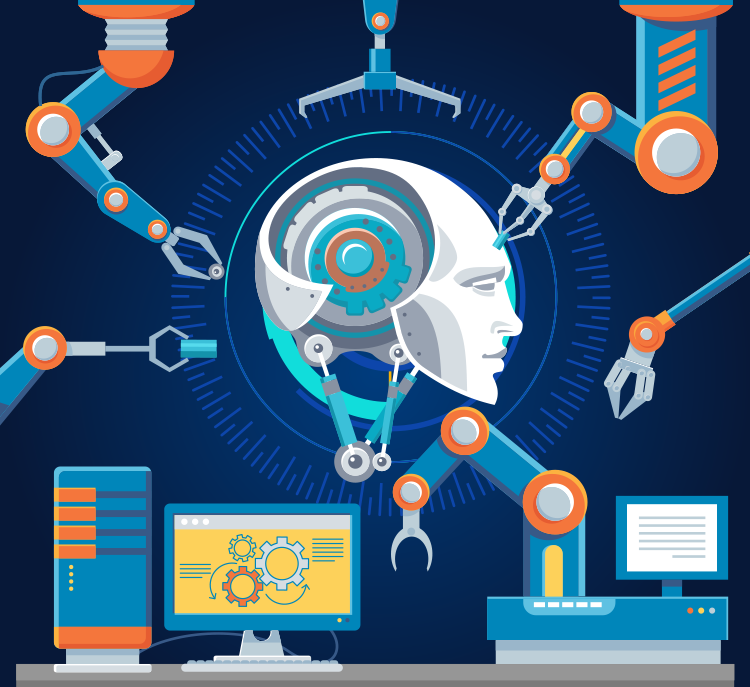
Why AI in CNC Programming Rocks?
So, why all the hype? Here’s how AI is shaking up CNC programming:
1. Speedy Efficiency
With generative AI application development, tasks that once took hours — like plotting tool paths or writing G-code — now wrap up in minutes. This turbocharges production, helping manufacturers hit tight deadlines without the overtime coffee runs.
2. Pinpoint Accuracy
AI doesn’t just work fast; it works smart. By crunching data and sticking to best practices, it cuts down on mistakes. The result? Parts that hit specs dead-on, with less waste and fewer do-overs.
3. Wallet-Friendly
Automation slashes labor costs and eases the need for exhaustive CNC programming training. Smaller shops, once priced out of high-end machining, can now join the party, thanks to affordable CNC programming services powered by AI.
4. Open Doors
Ever wondered how long does it take to learn CNC programming? AI’s making it quicker. Tools with user-friendly interfaces and auto-generated code lower the entry bar. Newbies can dive into learning CNC programming online and get up to speed without years of grinding.
Picture this: a small startup using AI-driven software to churn out prototypes in record time, all without a PhD in machining. That’s the power of generative AI tools for software development.
The Flip Side: Challenges to Watch
AI’s no magic wand — yet. Here’s what’s holding it back:
- Upfront Costs: Rolling out AI systems means shelling out for software, hardware, and setup. For small players, that’s a hefty hurdle, even if the payoff’s big down the line.
- Data Hunger: AI thrives on quality data. Feed it garbage — like sloppy CAD files — and you’ll get subpar G-code. Good data management is non-negotiable.
- Human Touch: Don’t toss out the programmers just yet. Complex jobs still need human smarts to tweak AI outputs or tackle curveballs. Think of AI as a trusty sidekick, not the boss.
These hurdles show that generative AI development solutions are a team sport — tech and talent working hand in hand.
Jobs and Skills: A New Frontier
Is AI stealing CNC jobs? Not quite. It’s more like a job remix. Routine coding? AI’s got it. Creative fixes and big-picture thinking? That’s still human turf. This shift is sparking new gigs, like remote CNC programming jobs, where pros can tweak machines from a laptop anywhere.
Training’s evolving too. CNC programming certification online courses now weave in AI basics, prepping workers for a hybrid future. For beginners, CNC programming for dummies guides paired with AI tools shrink the learning curve from daunting to doable. The upshot? A workforce that’s not replaced but retooled.
What’s Next? The Future of AI in CNC
The horizon’s buzzing with potential:
- Real-Time Tweaks: Soon, AI could adjust settings on the fly, reacting to sensor data for peak performance mid-cut.
- IoT Mashup: Pair AI with the Internet of Things, and you’ve got smart factories that learn and adapt in real time — Industry 4.0 in full swing.
- Chatty CNC: Imagine tools like ChatGPT CNC programming, where you chat with AI to whip up code. It’s not sci-fi — it’s coming.
These trends hint at a future where CNC programming isn’t just efficient but downright intuitive, thanks to generative AI.
Wrapping It Up
AI, especially generative AI, is giving CNC machines a brain boost. By automating G-code creation, fine-tuning operations, and welcoming newbies into the fold, it’s turning manufacturing into a leaner, meaner machine. Sure, there are bumps — cost, data, and the need for human know-how — but the wins are stacking up fast.
The message is clear: embrace generative AI development services, train up, and ride the wave. The CNC machines of tomorrow aren’t just tools — they’re partners in innovation, and AI’s the spark lighting the way.
Relevant Articles:
